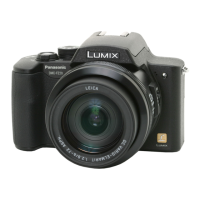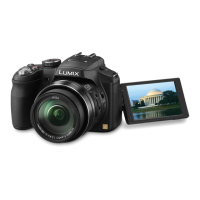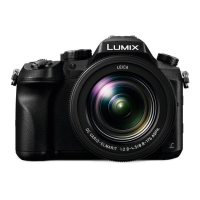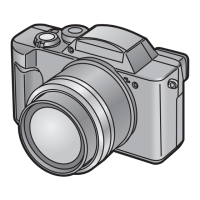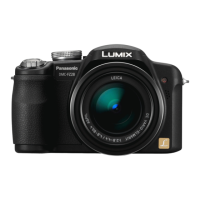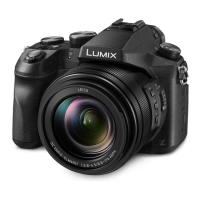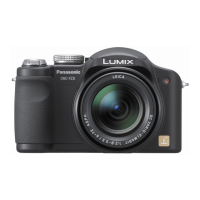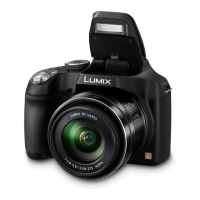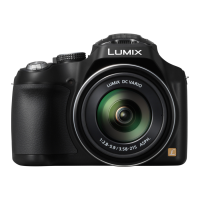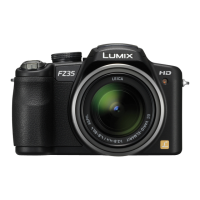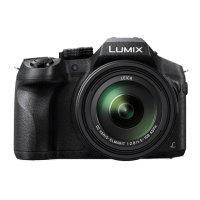What about the change in focus, or more importantly the working,
distances achieved with the addition of these close up lenses? Well, by
definition of the dioptre, with the camera’s lens focused on infinity and a
#1 dioptre close-up lens fitted, the maximum focusing distance becomes
1 metre, with the #2 it becomes 0.5 metres, and with the #4 it becomes
0.25 metres.
You may see a lot of information regarding “magnification ratios” and
“macro”, what do they mean?
Take the “magnification ratio” example. If the image is one-quarter the
size of the subject, the magnification is 0.25x. If the image is one-half the
size of the subject, the magnification is 0.5x. When the image and the
subject are the same size, the magnification is 1x.
The term “macro” photography generally means that the image size is
actually larger than life size. However the term now is used to define a
lens which will focus more closely!
When using a supplementary close-up lens, it is very easy to calculate
the magnification for a camera lens set to infinity focusing.
Simply divide the focal length of the camera lens by the focal length of
the close-up lens.
Conveniently, the focal length of the close-up lens is derived by dividing
1000 by the dioptre #.
So, for example, the #2 dioptre lens has a focal length of 1000/2 or
500mm, the #4 lens is 1000/4 = 250mm.
So, for example, if we now set the camera to the equivalent of 100mm by
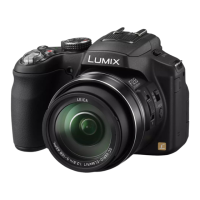
